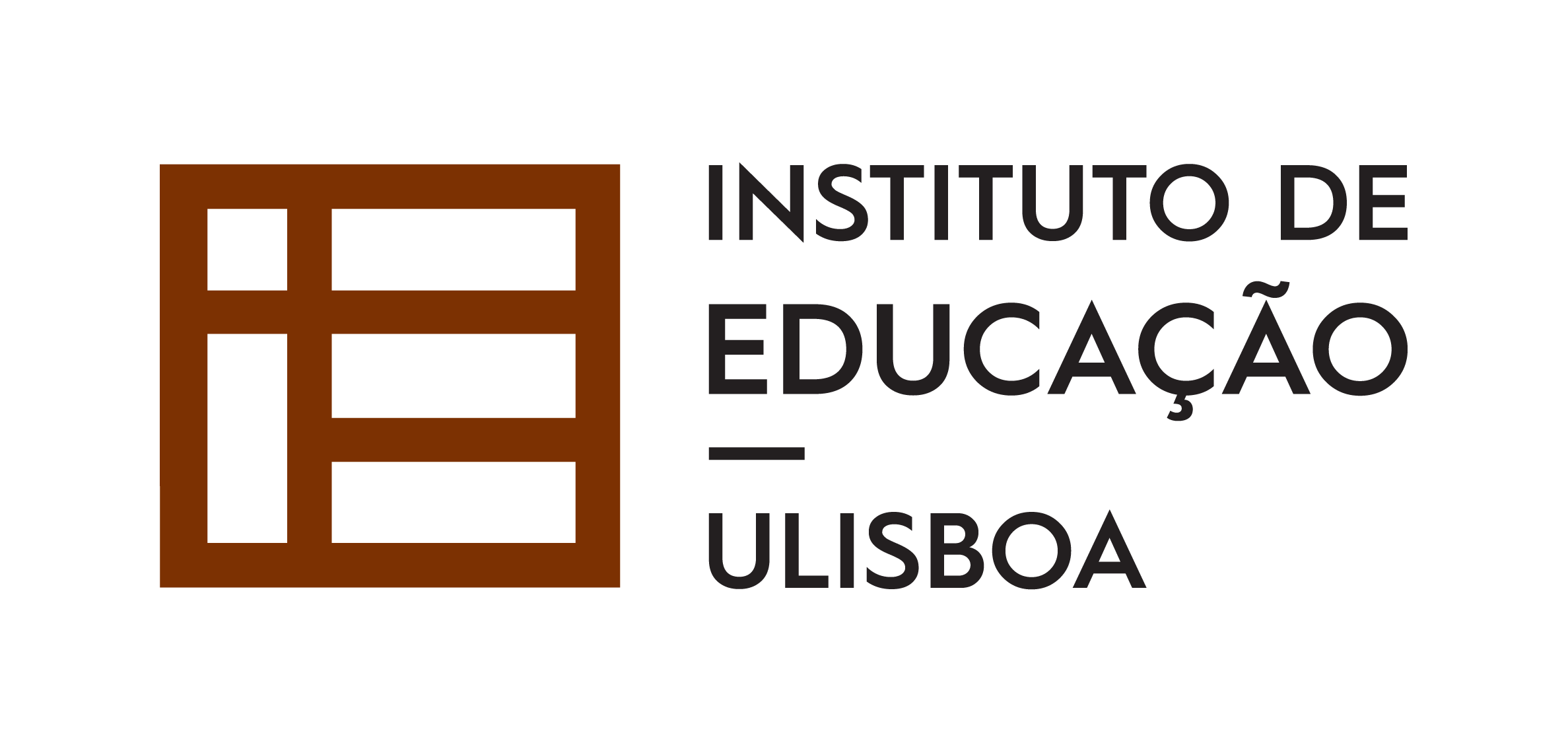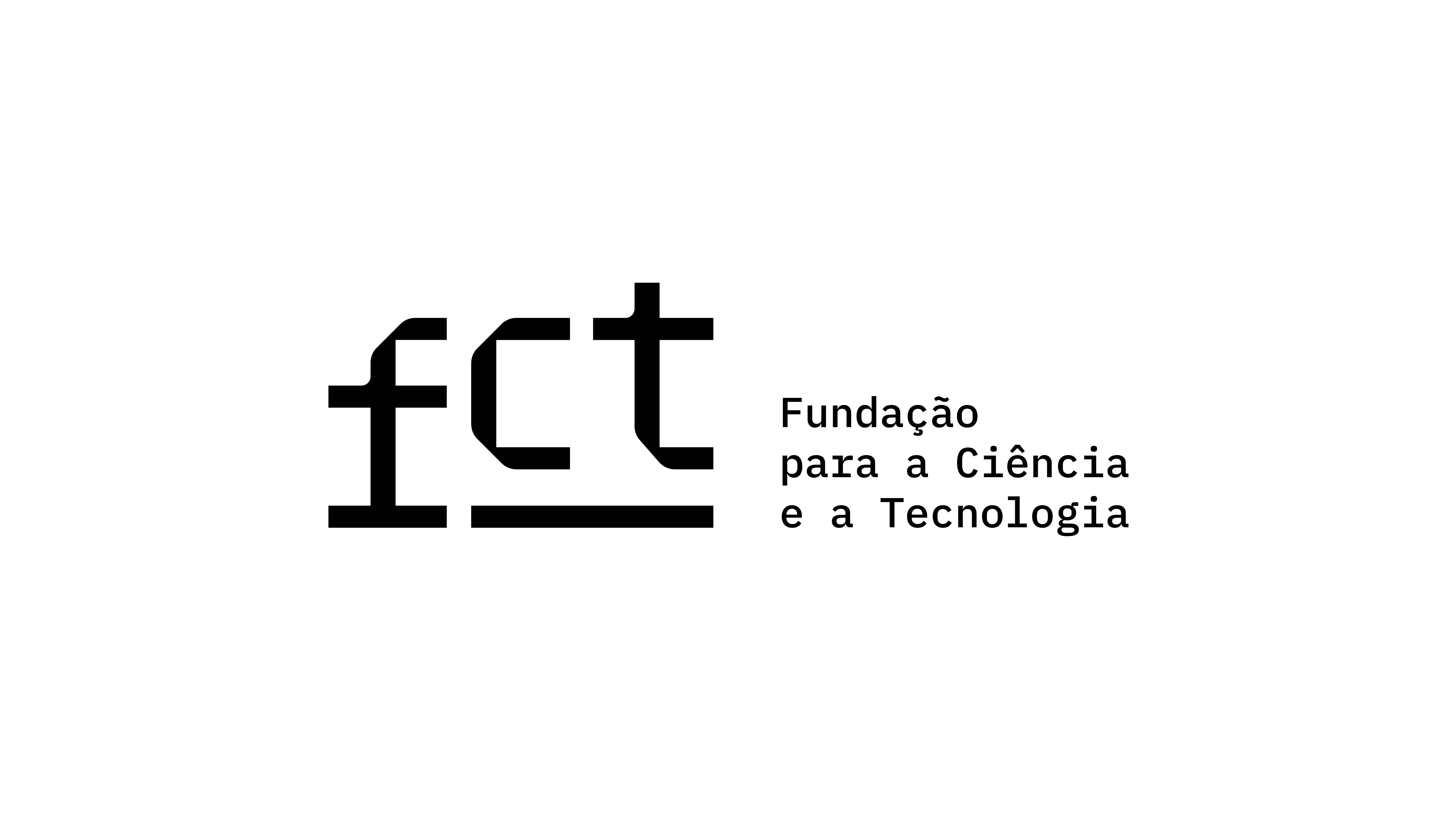Estruturação Espacial de Figuras 3D
Construções Apoiadas pelo Raciocínio Espacial
DOI:
https://doi.org/10.25749/sis.25696Palavras-chave:
estruturação espacial 3D, raciocínio espacial, coordenação, integração, primeiros anosResumo
Este artigo tem como objetivo aprofundar a compreensão acerca das estratégias usadas por alunos do 1.º ano de escolaridade para reproduzir figuras 3D, do ponto de vista da estruturação espacial e dos processos de raciocínio espacial envolvidos. Os dados foram recolhidos durante uma experiência de ensino, onde os alunos tinham de reproduzir duas figuras 3D, usando cubos, primeiro a partir de um modelo 3D e depois a partir de uma representação 2D de um modelo 3D. As estratégias utilizadas pelos alunos indicam diferentes níveis de estruturação local ou estruturação global e, algumas vezes, a progressão para níveis de estruturação mais elevados, a partir do estabelecimento de relações mais complexas entre componentes e compostos, que, por sua vez, surgem durante a manipulação dos materiais. Estas relações também parecem ser apoiadas por processos de raciocínio espacial.
Downloads
Referências
Battista, M. (2007). The development of geometric and spatial thinking. In F. Lester (Ed.), Second handbook of research on mathematics teaching and learning (pp. 843-909). Charlotte: Information Age.
Battista, M. T. (2008). Development of the shape makers’ geometry microworld. In G. W. Blume & M. K. Heid (Eds.), Research on technology and the teaching and learning of mathematics: Cases and perspectives (Volume 2, pp. 131-156). Charlotte: Information Age.
Battista, M. T., & Clements, D. H. (1996). Students’ understanding of three-dimensional rectangular arrays of cubes. Journal for Research in Mathematics Education, 27(3), 258-292. doi: 10.2307/749365
Battista, M., & Clements, D. H. (1998). Finding the number of cubes in rectangular cube buildings. Teaching Children Mathematics, 5(1), 258-264.
Battista, M. C., Clements, D. H., Arnoff, J., Battista, K., & Borrow, C. (1998). Students’ spatial structuring of 2D arrays of squares. Journal for Research in Mathematics Education, 29, 503-532.
Bruce, C. D., & Hawes, Z. (2015). The role of 2D and 3D mental rotation in mathematics for young children: what is it? Why does it matter? And what can we do about it? ZDM Mathematics Education, 47(3), 331-343. doi: 10.1007/s11858-014-0637-4
Casey, B. M., Andrews, N., Schincler, H., Kersh, J. E., Samper, A., & Copley, J. (2008). The development of spatial skills through interventions involving block building activities. Cognition and Instruction, 26(3), 269-309. doi: 10.1080/07370000802177177
Conceição, J., & Rodrigues, M. (2020). Processos de raciocínio espacial na representação de figuras 3D por alunos do 1.º ano do ensino básico. Quadrante, 29(1), 115-139. doi: 10.48489/quadrante.23007
Cullen, A. L., Eames, C. L., Cullen, C. J., Barrett, J. E., Sarama, J., Clements, D. H., & Van Dine, D. W. (2018). Effects of three interventions on children's spatial structuring and coordination of area units. Journal for Research in Mathematics Education, 49(5), 533-574. doi: 10.5951/jresematheduc.49.5.0533
Davis, B., Okamoto, Y., & Whiteley, W. (2015). Spatializing school mathematics. In B. Davis & Spatial Reasoning Study Groups. (Eds.), Spatial reasoning in the early years: Principles, assertions, and speculations (pp. 139-150). New York: Routledge.
Gravemeijer, K., & Cobb, P. (2006). Design research from the learning design perspective. In T. Plomp & N. Nieveen (Eds.), Educational design research (pp. 72-113). Enschede, the Netherlands: Netherlands Institute for Curriculum Development (SLO).
Jones, K. (2001). Spatial thinking and visualisation. In Royal Society. (Ed.), Teaching and learning geometry 11-19 (pp. 55-56). London: Royal Society.
Mulligan, J., & Mitchelmore, M. (2009). Awareness of pattern and structure in early mathematical development. Mathematics Education Research Journal, 21(2), 33-49. doi: 10.1007/BF03217544
Mulligan, J., Oslington, G., & English, L. (2020). Supporting early mathematical development through a ‘pattern and structure’ intervention program. ZDM Mathematics Education, 52(3), 663-676. doi: 10.1007/s11858-020-01147-9
Outhred, L., & Mitchelmore, M. (2000). Young Children's Intuitive Understanding of Rectangular Area Measurement. Journal for Research in Mathematics Education, 31(2), 144-167. doi: 10.2307/749749
Sarama, J., & Clements, D. H. (2009). Early childhood mathematics education research: Learning trajectories for young children. New York: Routledge.
van Hiele, P. M. (1986). Structure and insight: A theory of mathematics education. London: Academic Press.
van Nes, F., & Lange, J. (2007). Mathematics Education and neurosciences: Relating spatial structures to the development of spatial sense and number sense. The Montana Mathematics Enthusiast, 4(2), 210-229.
van Nes, F., & van Eerde, D. (2010). Spatial structuring and the development of number sense. A case study of young children working with blocks. Journal of Mathematical Behaviour, 29, 145-159. doi: 10.1016/j.jmathb.2010.08.001
Venkat, H., Askew, M., Watson, A., & Mason, J. (2019). Architecture of mathematical structure. For the Learning of Mathematics, 39(1), 13-17.
Downloads
Publicado
Edição
Secção
Licença
Direitos de Autor (c) 2022 Sisyphus – Revista de Educação

Este trabalho encontra-se publicado com a Creative Commons Atribuição-NãoComercial 4.0.
O Copyright (c) pertence à Sisyphus – Journal of Education. No entanto, encorajamos que os artigos publicados na revista sejam publicados noutros lugares, desde que seja solicitada a autorização da Sisyphus e os autores integrem a nossa citação de fonte original e um link para o nosso site.
Política de auto-arquivo
É permitido aos autores o auto-arquivo da versão final publicada dos seus artigos em repositórios institucionais, temáticos ou páginas web pessoais e institucionais.
Subscritor DORA
O Instituto de Educação da Universidade de Lisboa, editor da Sisyphus, é um dos subscritores da Declaração de São Francisco sobre Avaliação da Investigação (DORA).





